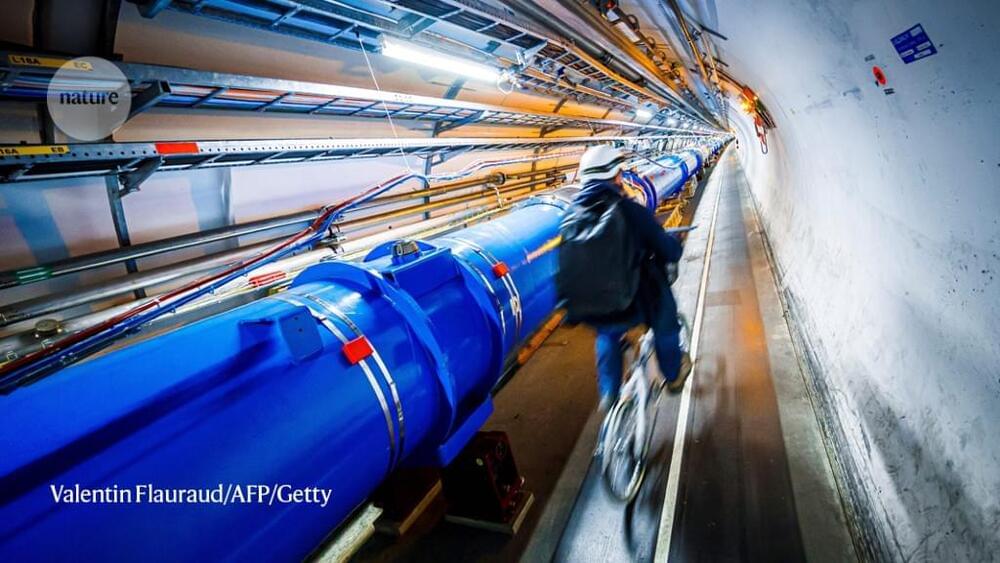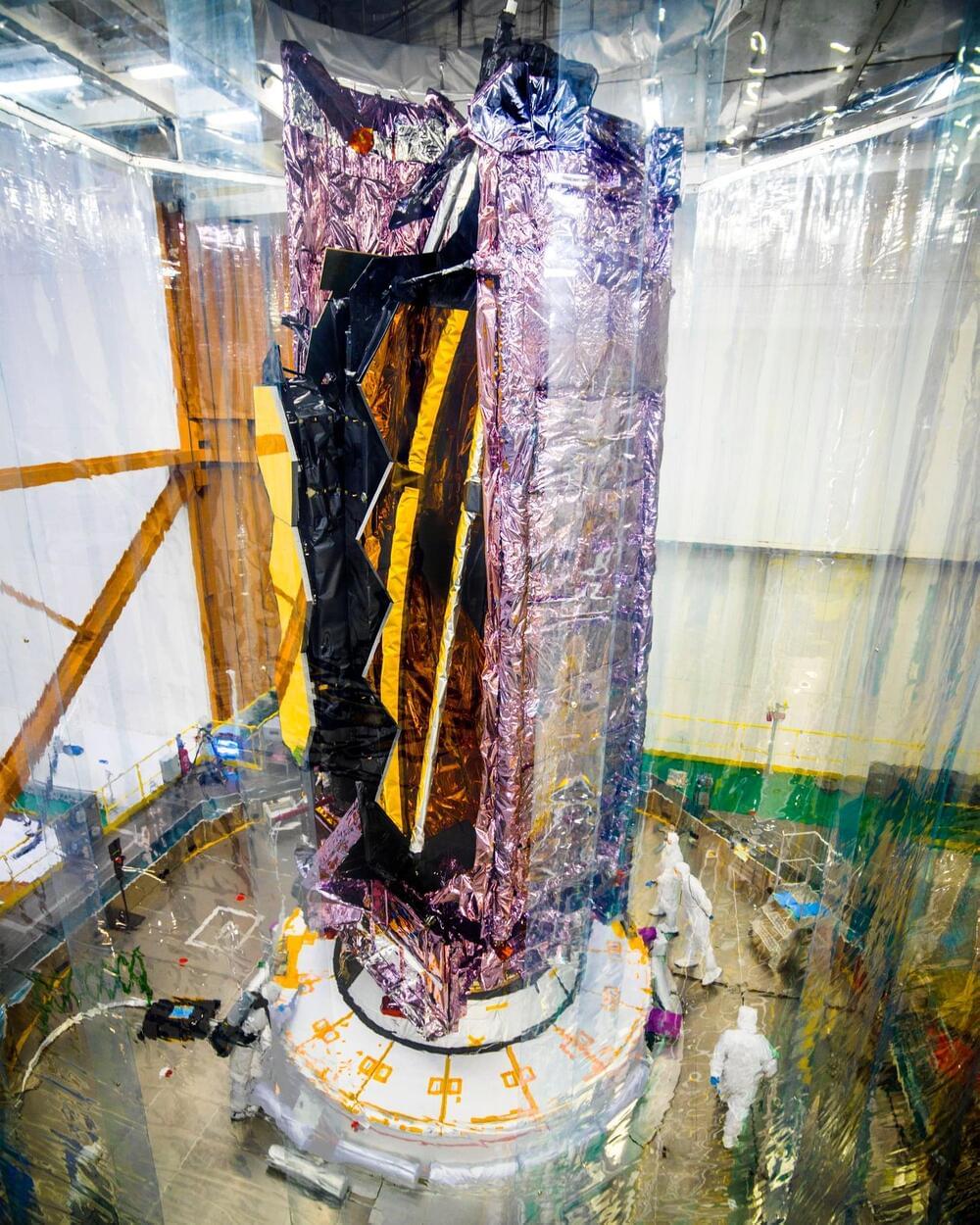It hasn’t even been on Mars a full year, and NASA’s Perseverance rover is making excellent surprise discoveries.
Amid a number of findings announced this week at the American Geophysical Union Fall Meeting, scientists have revealed that the Jezero Crater formed from molten volcanic magma – and that organic molecules have been discovered in rocks and dust on the crater floor.
This is by no means evidence for life on Mars. Organic compounds are simply those that contain carbon-hydrogen bonds, and these can form by any number of non-biological processes. Indeed, organic compounds have been discovered on Mars before, both by the Curiosity rover and the Mars Express orbiter.






